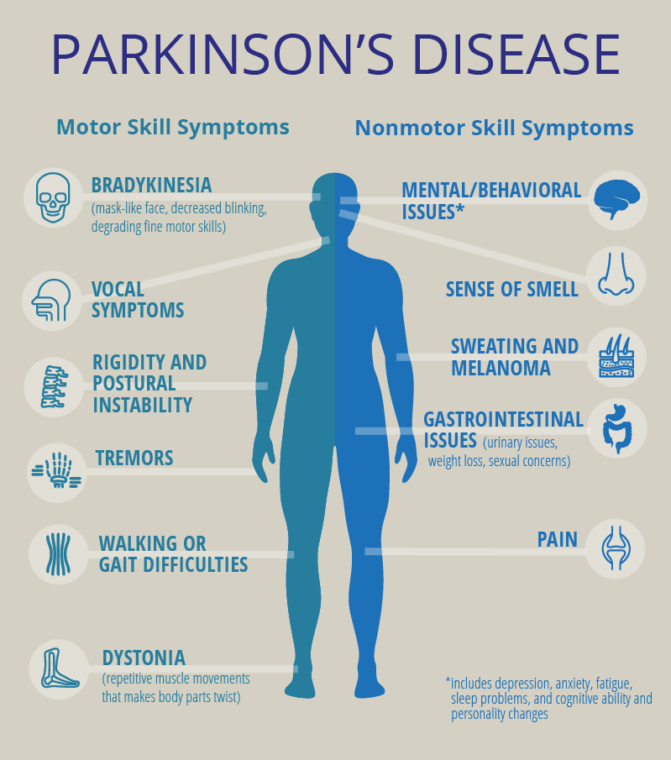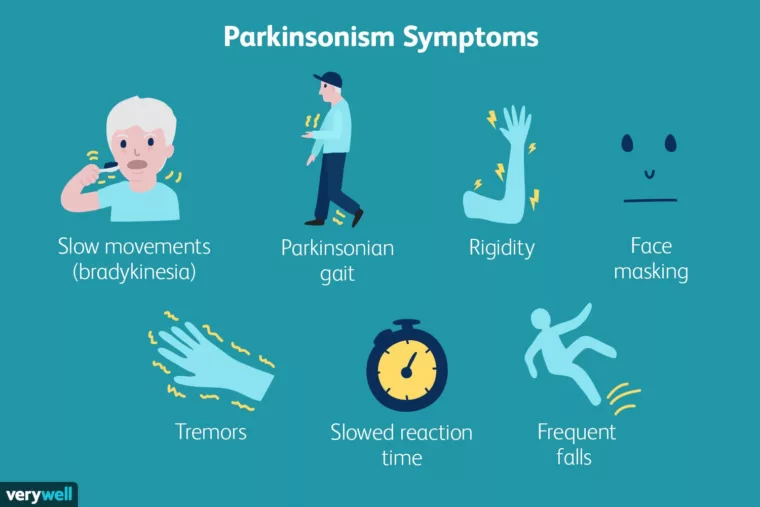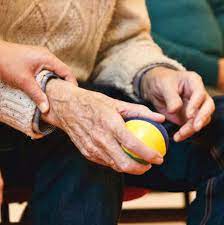Prevention and Treatment of Parkinson’s Disease: A Story for Your Health
Hello, today we’re going to talk about Parkinson’s disease. Parkinson’s disease is one of the conditions that many people are concerned about. So, today, we want to inform you about the prevention and treatment of Parkinson’s disease. Let’s explore ways to lead a healthy life together!

Parkinson’s Disease: Overview and Basic Understanding
Parkinson’s disease is a progressive neurological disorder that primarily causes motor-related symptoms. The condition arises due to the loss of dopamine cells in the central nervous system and is most commonly found in people over the age of 60. Initially, symptoms such as hand tremors and muscle stiffness appear, but as the disease progresses, it can also affect the peripheral nervous system, cognitive functions, and mental health.
Causes and Risk Factors of Parkinson’s Disease
The exact cause of Parkinson’s disease is not yet known, but it is believed to be due to a combination of genetic and environmental factors. Certain genetic mutations and older age are known factors that can increase the risk of developing Parkinson’s disease. Additionally, occupations that involve exposure to toxic substances, smoking, low caffeine intake, and a high-fat diet are also known risk factors.

Early Symptoms and Diagnosis Process
The early symptoms of Parkinson’s disease can include tremors, balance problems, and muscle stiffness during daily activities. If these symptoms appear, it’s important to visit a doctor for an accurate diagnosis. The diagnosis process may include neurological evaluations, blood tests, and neuroimaging tests, often conducted to differentiate from other diseases.
Progression Stages and Prognosis of Parkinson’s Disease
Parkinson’s disease is a progressive condition that worsens in stages. In the early stages, tremors and muscle stiffness may appear mainly on one side, but as the disease progresses, it spreads to both sides and severely restricts daily life. The prognosis can vary among individuals, with most patients experiencing worsening symptoms and functional decline.

Currently Available Treatment Options
Treatment options for Parkinson’s disease primarily aim to alleviate symptoms and improve function. These include medication, surgical treatment, and neurological rehabilitation. Medication is used to control dopamine levels and relieve symptoms, while surgical treatment can be considered for problems related to muscle stiffness. Neurological rehabilitation aims to improve function through physical therapy and exercise.
Adjustment of Lifestyle Habits and Self-Management Strategies
Patients with Parkinson’s disease need to adjust various aspects of their daily life to alleviate symptoms and improve function. Maintaining a regular routine and getting sufficient rest are important. Stress management, dietary and medication management, and creating a safe environment are also part of self-management strategies for Parkinson’s disease patients.

The Role of Diet and Nutrition
Diet and nutrition play an important role for patients with Parkinson’s disease. An appropriate diet and nutritional intake can help alleviate symptoms and improve function. High-fiber foods, plant-based proteins, and dietary iron can be beneficial in preventing and treating Parkinson’s disease.

The Importance of Exercise and Physical Therapy
Exercise and physical therapy are very important for patients with Parkinson’s disease. Regular exercise can improve strength and flexibility and help control and alleviate muscle stiffness. Physical therapy uses various methods such as exercise therapy, massage, and electrical stimulation to alleviate symptoms and improve function.

Strategies for Prevention of Parkinson’s Disease
Some strategies can be applied for the prevention of Parkinson’s disease. Quitting smoking and maintaining an appropriate exercise and diet can help. Additionally, avoiding high caffeine intake and a high-fat diet can also aid in prevention.

New Research and Future Treatment Prospects
Research on Parkinson’s disease is ongoing, and the development of new treatments is anticipated. Current research is actively pursuing gene therapy and stem cell therapy, and these studies are expected to significantly aid in the treatment of Parkinson’s disease in the future.

Parkinson’s disease is a treatable condition. With accurate diagnosis and appropriate treatment, patients can alleviate symptoms and improve the quality of their daily lives. Additionally, applying lifestyle adjustments and self-management strategies for prevention is important. Better treatments are expected to be developed in the future, supporting patients to lead healthy and happy lives.





